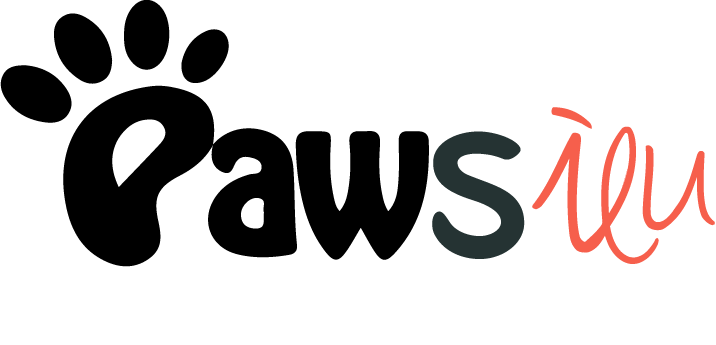Table of Contents Show
In recent years, the pet food industry has witnessed a significant transformation. Dog owners are increasingly seeking high-quality, nutritious options to ensure the health and well-being of their furry friends. This shift has given rise to “next-level dog food,” a term that encompasses advanced, scientifically formulated meals designed to meet the specific dietary needs of dogs. This article delves into the key aspects of next-level dog food, its benefits, and why it’s becoming a staple for conscientious pet owners.
Understanding Next-Level Dog Food
1. What is Next-Level Dog Food?
Next-level dog food refers to premium dog food products that go beyond the basics of nutrition. These foods are crafted using high-quality, natural ingredients and are often free from artificial additives, fillers, and preservatives. The goal is to provide a balanced diet that supports a dog’s overall health, energy levels, and longevity. Brands like Royal Canin dog food are often at the forefront of this revolution, known for their high-quality formulations and dedication to pet health.
2. Key Ingredients in Next-Level Dog Food
- High-Quality Proteins: Sources such as chicken, beef, lamb, and fish are commonly used. Some brands also incorporate novel proteins like venison or kangaroo to cater to dogs with food sensitivities.
- Whole Grains and Vegetables: Ingredients like brown rice, sweet potatoes, peas, and carrots provide essential vitamins, minerals, and fiber.
- Healthy Fats: Omega-3 and Omega-6 fatty acids from fish oil or flaxseed support skin health, coat quality, and cognitive function.
- Probiotics and Prebiotics: These are added to promote a healthy gut microbiome and improve digestion.
- Superfoods: Ingredients like blueberries, spinach, and kale are rich in antioxidants and phytonutrients.
Benefits of Next-Level Dog Food
1. Enhanced Nutritional Value
Next-level dog food is meticulously balanced to provide all the essential nutrients a dog needs. This comprehensive nutrition helps in maintaining optimal health, supporting immune function, and preventing nutritional deficiencies.
2. Improved Digestion and Gut Health
With the inclusion of probiotics and prebiotics, next-level dog food aids in maintaining a healthy digestive system. This results in better nutrient absorption, fewer digestive issues, and a healthier stool quality.
3. Healthier Skin and Coat
The presence of healthy fats, particularly Omega-3 and Omega-6 fatty acids, contributes to improved skin hydration and coat shine. Dogs on high-quality diets often have fewer skin problems and less shedding.
4. Increased Energy and Vitality
Next-level dog food is designed to fuel an active lifestyle. The high-quality proteins and balanced carbohydrates provide sustained energy, keeping dogs energetic and playful throughout the day.
5. Tailored Formulations for Specific Needs
Many next-level dog foods are tailored to meet the specific needs of different breeds, life stages, and health conditions. Whether it’s puppy food, senior dog food, or food for dogs with allergies, there are options available to suit every requirement.
The Science Behind Next-Level Dog Food
1. Research and Development
Companies producing next-level dog food invest heavily in research and development. They collaborate with veterinarians, animal nutritionists, and food scientists to formulate diets that meet the highest standards of pet nutrition.
2. Rigorous Testing
Before hitting the market, these products undergo stringent testing to ensure they are safe, nutritious, and palatable. This often includes trials to monitor the health outcomes of dogs fed with these foods.
3. Transparency and Quality Control
High-quality dog food brands maintain transparency about their ingredients and sourcing practices. They adhere to strict quality control measures to ensure consistency and safety in every batch of food.
Choosing the Right Next-Level Dog Food
1. Read the Ingredients List
Look for products with high-quality, recognizable ingredients. Avoid foods with artificial additives, by-products, and fillers.
2. Consider Your Dog’s Specific Needs
Take into account your dog’s age, breed, activity level, and any health issues. Choose a food that caters to these specific needs.
3. Consult Your Veterinarian
Your veterinarian can provide valuable insights and recommendations based on your dog’s health and nutritional requirements.
4. Gradual Transition
When switching to a new food, do it gradually over a week to prevent digestive upset. Mix the new food with the old, gradually increasing the proportion of the new food.
Conclusion
Next-level dog food represents a significant advancement in pet nutrition, emphasizing quality, science, and tailored solutions to meet the diverse needs of dogs. As more pet owners recognize the importance of nutrition in their dogs’ health and longevity, the demand for these premium products continues to grow. By choosing next-level dog food, you can ensure that your canine companion receives the best possible nutrition for a happy, healthy life.

